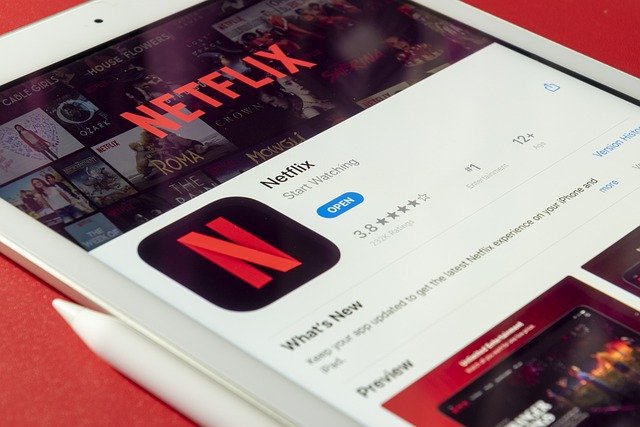Discoverability Tactics for Independent Interactive Studios
Independent interactive studios face a crowded marketplace where intentional choices about platform, format, and audience can determine whether a title gets noticed. This article outlines practical discoverability tactics that consider cloud and streaming, crossplay and platform reach, monetization models, accessibility, procedural and AI-assisted content, and analytics-driven retention strategies to help smaller teams increase visibility without overselling outcomes.

Cloud and streaming for discoverability
Cloud gaming and streaming platforms can widen reach by removing device friction and enabling instant trial experiences. For independent studios, publishing a playable demo on a streaming channel or enabling cloud-based sessions via platform partners reduces the barrier to entry for players on low-end hardware. Use short, compelling experiences to hook viewers, and ensure metadata and trailer assets are optimized for search on each storefront and streaming service. Highlight unique technical or design choices—such as cross-save or low-latency controls—that make the cloud experience appealing to both press and streamers.
Crossplay and cross-platform reach
Supporting crossplay and multiple platforms expands potential audience pools and social connectivity, which can amplify word-of-mouth. When players can invite friends regardless of platform, community-driven discovery increases naturally. Prioritize parity for core gameplay to maintain a consistent experience across devices, and communicate supported platforms clearly in store listings and marketing. Coordinate platform launches and crossplay announcements to coincide with content updates or influencer campaigns so that new players arriving from different platforms experience active communities and matchmaking depth.
Monetization and discoverability
Monetization choices influence how and where a title is discovered. Free-to-play, freemium, and subscription-friendly titles often gain exposure through platform-curated lists and subscription catalogs, while premium releases rely more on storefront featuring and reviews. Design a monetization path that aligns with visibility goals: a timed free trial or demo can boost conversions from streaming viewers; a well-balanced freemium approach can sustain long-tail visibility; and subscription partnerships can place a game in front of a platform’s engaged audience. Maintain transparency about pricing and in-game purchases to reduce friction and negative sentiment.
Accessibility and audience reach
Accessibility is both an ethical imperative and a discoverability lever. Providing control remapping, scalable UI, multiple difficulty modes, colorblind options, and spoken or text alternatives expands the potential player base. Many storefronts and discovery lists now surface titles that advertise strong accessibility features, and accessibility can become an angle for coverage and community advocacy. Include clear accessibility tags and examples in your store descriptions and marketing materials so players and journalists can find and evaluate those features quickly.
AI, procedural systems, and visibility
AI-driven personalization and procedural content can differentiate a studio’s title and create sharable moments that attract attention. Procedural generation can enable unique playthroughs that fuel community content creation, while AI tools can help tailor onboarding and recommendations to retain new players. Use these systems to create demonstrable examples—short clips, GIFs, or modular gameplay segments—that are easy to share on social platforms. When describing AI or procedural features, be precise about what the systems do and avoid vague claims about “learning” or “infinite” content to keep expectations realistic.
Analytics, retention, and promotion
Data-informed decisions sharpen discoverability efforts. Track acquisition channels, session length, churn points, and cohort retention to understand which marketing activities and features actually drive long-term engagement. Use this insight to refine store assets, adjust onboarding flows, and prioritize features that improve early retention rates—platforms often favor titles with strong D1–D7 retention for featuring. Combine analytics with qualitative feedback from players and community moderators to identify friction and craft targeted updates that revive interest and generate renewed press or influencer attention.
Conclusion
Discoverability for independent interactive studios is the result of deliberate choices across technology, design, and marketing. Cloud and streaming can reduce entry barriers, crossplay expands social reach, monetization models affect platform placement, accessibility widens the audience, AI and procedural systems create shareable novelty, and analytics guide sustained promotion. Coordinating these elements with clear messaging and realistic claims improves the likelihood that a game will surface to players who are most likely to engage and stick around.





